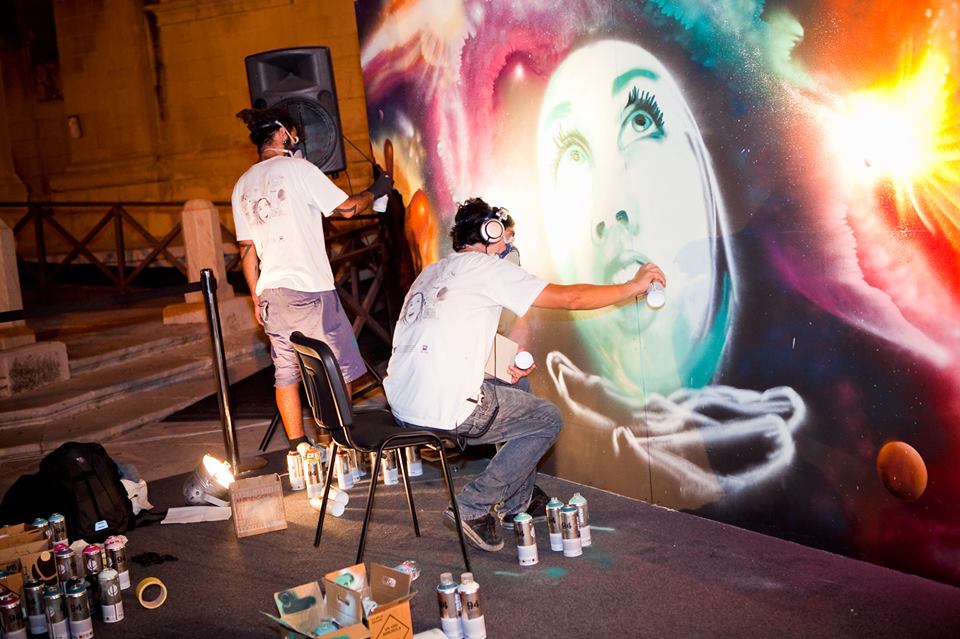Biomedical Ph.D. student Alexandra Fiott (TV show and logistics) shares her thoughts on why the walls between the public and scientists need to come crumbling down.
Science has long been depicted as something unreachable and isolated by non-scientists, something shrouded in mystery and excessive complexity. There seems to be an insurmountable obstacle between scientists and the rest of the world, with divisions simmering between the different scientific fields. Even cartoons show mad scientists seemingly cut off from reality and either bent on world domination or carrying out some stunningly convoluted experiments. Such depictions have fed a fear of science, a fear that is unfortunately passed on from one generation to the next. It has also led to numerous stereotypes of scientists, such as scientists having a god-complex and no respect for human life.
These ideas are clearly unrealistic and create additional barriers. They need to be demolished. Science is not the terrifying sector it is believed to be. On the contrary, science is something that we are surrounded by and embrace in our everyday lives. It strives to improve the health and quality of life, and sometimes even has an element of fun.
The aim of Science in the City, part of the EU initiative named Researchers’ Night, was to bring science closer to the general public and therefore try to remove some of these misconceptions. Different scientific disciplines were shown, while the events and exhibits were designed to attract a varied audience. Science was also portrayed from an artistic aspect, showing that art and science may go hand in hand.
Behind the scenes, scientists were working non-stop for weeks to make sure that this event was a success. Everyone involved in coordination, events, or exhibits had to constantly push forward to overcome problems that never ceased to crop up. Pleading with transport providers, attempting to fit in multiple meetings in an impossibly short time, never-ending lists of urgent emails and work-filled weekends became a norm, with pressure rising and culminating with the start of the event. The event, the bulk of which only lasted a few hours, took months of hard work, before and after the 28th September.
On the whole, I believe that Science in the City did manage to make science more attractive and understandable to the general population. By having several areas dedicated to different audiences, everyone could find something suited to them. Children were exposed to the more entertaining side of science and by showing the scientific basis behind everyday things that we might take for granted. Different scientists came together to show the high level of research happening in Maltese laboratories. Previously shot video footage gave insight into life behind a laboratory’s walls, exemplifying the scientific work that goes on away from the public eye.
Although they involve a great deal of hard work, further efforts need to be made to bring science closer to the general public. Without the public’s understanding and acceptance, a great deal of scientific effort will be hindered and research growth will be stunted.
https://www.youtube.com/watch?v=dfkZdV1p3lc
Part of Science in the City, Malta’s Science and Arts Festival
For more stories click here





Comments are closed for this article!